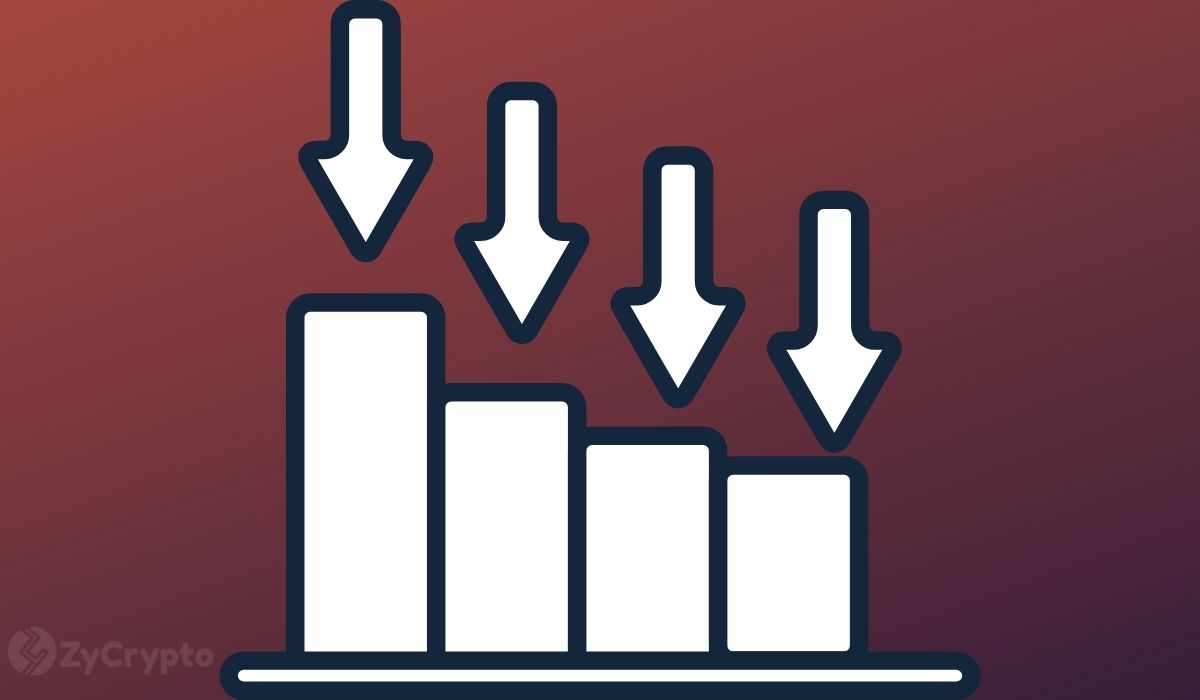ARTICLE AD BOX

- Ethereum surpassed Tron as the primary blockchain for Tether (USDT) transactions, showcasing its superior infrastructure and widespread adoption.
- Ethereum’s “blob” technology, with over 21,000 blob postings per month, has driven significant blockchain growth and improved transaction throughput.
Ethereum has emerged as a beacon of innovation and resilience. Recent developments have catapulted the blockchain platform into the spotlight, showcasing its unprecedented growth and technological prowess. Ethereum’s remarkable journey continues to redefine the boundaries of digital finance, demonstrating why it remains a critical player in the blockchain ecosystem.
The platform’s recent achievements are nothing short of extraordinary. Ethereum has successfully dethroned Tron as the primary blockchain for Tether (USDT) transactions, a milestone that underscores its robust infrastructure and widespread adoption. Tether, the largest stablecoin by market value, is a critical backbone in cryptocurrency trading and decentralized finance (DeFi). By outperforming Tron, Ethereum has undoubtedly proven the efficiency and scalability of its network.
Simultaneously, Ethereum’s “blob” technology has been making waves across the blockchain landscape. These temporary data containers represent a groundbreaking approach to enhancing transaction throughput while maintaining decentralization. By addressing long-standing challenges of network congestion and high transaction fees, Ethereum is setting new standards for blockchain performance.
Ethereum “Blob” Usage Hits Record Highs
The numbers tell a compelling story of Ethereum’s growth. Throughout this month, blob postings have consistently averaged more than 21,000, matching the record activity observed in March. Data from Dune Analytics reveals a surge in blockchain activity that signals increasing confidence in Ethereum’s capabilities.

Source: Hildobby / Dune Analytics
Ethereum’s Dencun upgrade, implemented earlier this year, introduced blob technology as a game-changing solution. Unlike traditional call data that require permanent storage, blobs allow large data chunks to be attached to transactions and stored off-chains. Imagine it as a consolidated shipping container where you pay for the entire package instead of individual postage—a metaphor that perfectly captures the efficiency of this approach.
The blob ecosystem has witnessed remarkable adoption, with layer-2 protocols like BASE, Arbitrum, and Optimism leveraging this technology to bundle and process transactions more effectively. Matthew Siegel from VanEck highlighted this trend, noting that transactions for ETH and its Layer-2 solutions have reached all-time highs, representing a 40% increase since summer.
Ethereum’s Blobspace Reducing ETH Supply
Blobspace, a dedicated area within Ethereum blocks, has become a critical component of the network’s infrastructure. Interestingly, blob fees paid in Ethereum’s native token are burned, effectively reducing the cryptocurrency’s circulating supply. This mechanism challenges previous narratives about layer-2 protocols and demonstrates Ethereum’s sophisticated economic model.
The blob submission fee reached a peak of $80 on a recent Monday, marking the highest level since March. Moreover, the average number of blobs per Ethereum block rose to 4.3, with blob fees burning over 166 ETH—equivalent to approximately $560,000—in just seven days. Artemis, a blockchain analytics firm, described this as a significant moment of price discovery for blobspace.

Source: Dune Analytics
These developments coincide with Ethereum’s price performance, which recently touched a four-month high of $3,550 before stabilizing around $3,370. Layer-2 solutions like Arbitrum and Optimism have been instrumental in driving this transformation, offering faster and more cost-effective transactions that enhance user experience.
.png)
 2 hours ago
1
2 hours ago
1








 English (US)
English (US)